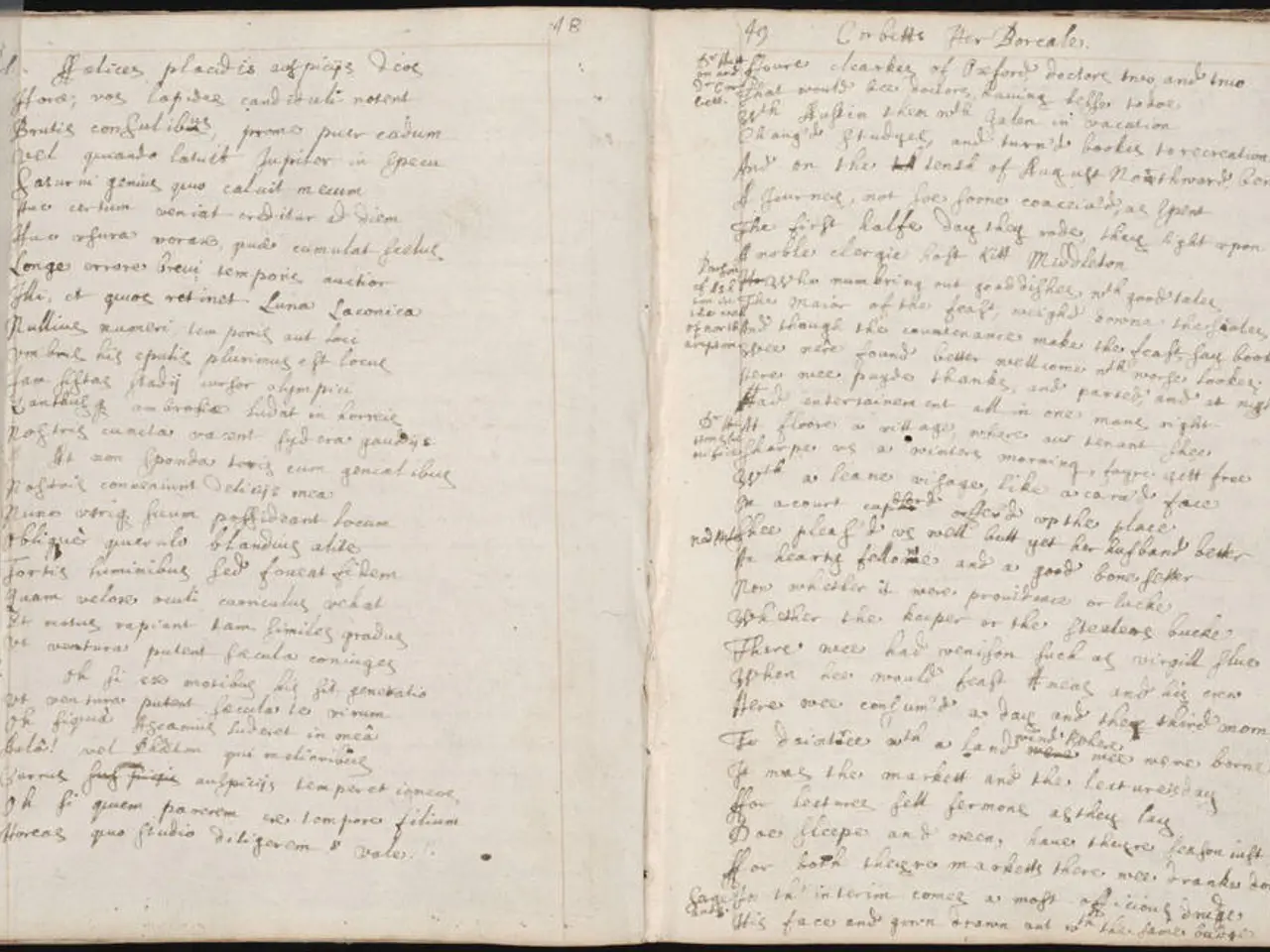Dramatic Suspense at the Precipice: An Examination of Cliffhangers
=====================================================================
Ending a novel with a cliffhanger can be a powerful tool to keep readers engaged and eager for more, but it's essential to use this technique wisely. Here's a guide to help writers create effective cliffhangers that maintain reader interest without causing frustration or predictability.
What is a Cliffhanger?
According to Dictionary.com, a cliffhanger is a melodramatic adventure serial that ends in suspense to interest the reader or viewer in the next installment. In the realm of literature, a cliffhanger can be a dramatic or uncertain situation that leaves readers on the edge of their seats, eager to find out what happens next.
Best Practices for Using Cliffhangers Effectively
- Timing is Key: Place cliffhangers at natural breaks, such as chapter or scene endings, where tension is high, but the story momentum flows smoothly onward.
- Stakes Matter: Keep stakes clear and significant so the unresolved moment feels important and impactful, not trivial or forced.
- Use Them Sparingly: Constant cliffhangers can become predictable, weakening their effect and fatiguing readers.
- Balance Suspense with Payoff: Deliver satisfying resolutions later to maintain trust and engagement.
- Relate to Character Goals or Conflicts: Ensure cliffhangers integrate with character arcs and story pacing, deepening emotional investment.
- Mind the Pacing: Use short chapters or scenes with cliffhangers to propel the story forward and maintain momentum.
- Avoid Manipulative Cliffhangers: Steer clear of cliffhangers that rely on unrealistic, abrupt plot twists or info dumps, which can break immersion or feel manipulative.
- Foreshadowing and Subtle Hints: Combine cliffhangers with foreshadowing or subtle hints to make them feel earned and coherent rather than random surprises.
The Importance of Caution
As a writer, it's crucial to tread carefully when using cliffhangers in a novel. Intentionally ending a novel with a cliffhanger may not be well-received by readers, as it may come across as trying too hard and not serving the ultimate goal of enticing a reader and keeping the suspense alive.
Letting the story and characters guide the direction of the cliffhanger is important to maintain believability and reader engagement. Forcing a cliffhanger on a reader may lead to frustration and a potential loss of interest.
An Example of Effective Cliffhangers: Harry Potter
J.K. Rowling's Harry Potter series serves as an example of a series with effective cliffhangers, as each book resolves the main situation but leaves the overall plot in suspense.
In Conclusion
Effective cliffhangers create a compelling need to know what happens next through well-timed, meaningful unresolved moments that integrate smoothly with character arcs and story pacing, while avoiding overuse or trivial cliffhangers that could undermine reader trust and engagement.
Guest Post by Katie McCoach
Katie McCoach, a member of Romance Writers of America and the Editorial Freelancers Association, has contributed this guest post. Katie has had essays published in TrainWrite and Kalliope, and is currently writing a contemporary romance novel. For advice on editing, writing, and publishing, visit Katie's blog and follow her on Twitter.
Ending a novel with a cliffhanger can be a way to keep the reader engaged and interested in the next novel or chapter. However, it's essential to use this technique judiciously to maintain reader satisfaction and ensure a captivating reading experience.
Books like the Harry Potter series effectively use cliffhangers in their storytelling, leaving readers eager for more entertainment without causing frustration or predictability. To craft engaging cliffhangers, writers should consider timing and stakes, use them sparingly and balance suspense with payoff, relate them to character goals or conflicts, and mind the pacing. Furthermore, they should avoid manipulative cliffhangers and enhance them with foreshadowing and subtle hints. Lastly, it is crucial to let the story and characters guide the direction of the cliffhanger, rather than forcing one on readers.




